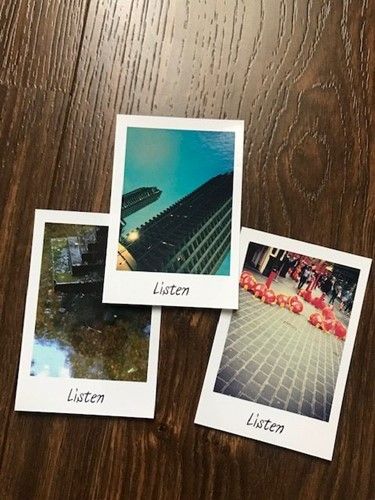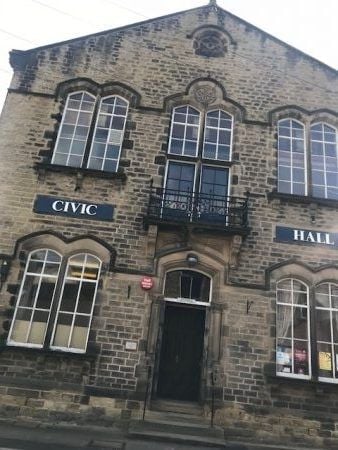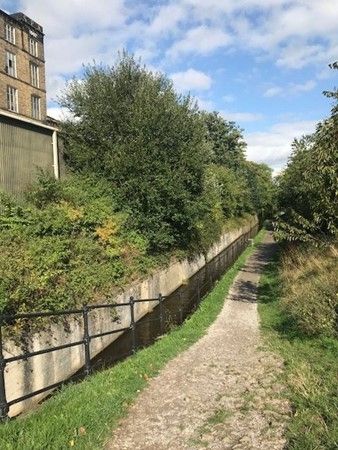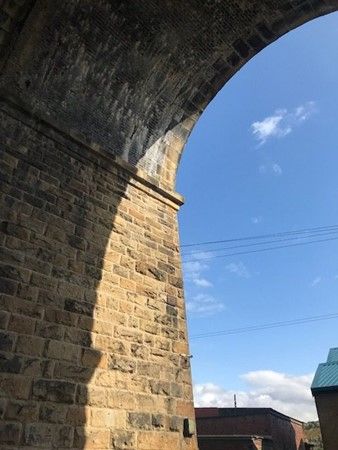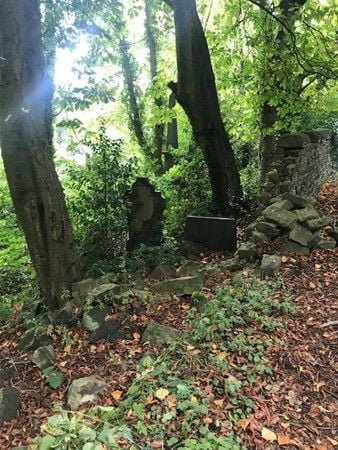five inspirational (pandemic) projects
Posted on
It has been a year (and a bit) now since the UK went into its first COVID lockdown. If you would have told me then we would still be Zoom-ing and ‘going on walks’ a year later…..I wouldn’t have believed you! But here we are. Although with the vaccination programme in full speed and spring in the air, it does feel a bit more hopeful this month.
"However, artists would not be artists if they where not resourceful and creative, so almost immediately ‘remote’ or virtual art started to pop up."
As an artist whose work has been mainly focused on performance over the last couple of years, I really was not sure what on earth to do – I have written about that previously here. And I am sure lots of other artists and creatives felt the same. However, artists would not be artists if they where not resourceful and creative, so almost immediately ‘remote’ or virtual art started to pop up.
This is a list of five of my favourite ‘pandemic-friendly’ art works or projects I have come across this last year. I’m fairly sure not all of them were made as a response to the pandemic (in fact, most of them where not, it turns out) , but they all to some extent make art accessible in a world where we all need to stay at home, in an interesting and creative way.
So, in no particular order…
The quite wonderful podcast After The Tone is made by artist Scottee. It might not have been a lockdown project, but it feels perfect for a world where we can’t go out and meet, so it made the list. The format is straightforward, but ingenious – each week, anyone can phone in and leave a voice message for the podcast, which then gets played and reacted to/responded to by Scottee. It might sound simple, but it is funny, warm and insightful - a great listen. Besides, anything which states that ‘You don’t have to be queer and weird to join in- but it helps’ has my vote!
I am very sad I could not actually experience Thirst Trap (I live too far away, sadly) but it just sound amazing. It is an immersive sound/theatre experience, which gets delivered to your home BY BIKE (yes, really!). You purchase a ticket, and then get a ‘pack’ delivered to your address by bike, along with a download code for the sound/performance. It is designed to be experienced in your bath (I mean, could it get any better..?) The website states that: THIRST TRAP delves into our fear surrounding the possible outcomes of rising temperatures and our feelings of powerlessness against a capitalist government that continually fail to act quickly enough on matters concerning the climate.
Thirst trap is written and created by award winning artist Rachael Young. I first came across her work when she performed her show Nightclubbing at Edinburgh Fringe, and has been excited to follow her work since. Developed by Fuel Theatre, it is an inventive and creative way to bring theatre into our homes in lockdown, and perhaps beyond.
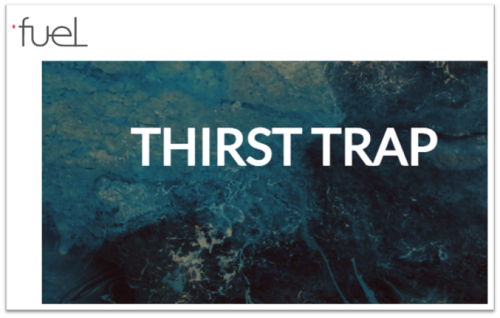
Dear you is a project by Museum of Modern Art of Bologna, curated by Caterina Molteni. It explores, in this time of possible isolation, the intimacy of actual, physical letters. You sign up, and six artists (Hamja Ahsan, Giulia Crispiani, Dora García, Allison Grimaldi Donahue, Ingo Niermann and David Horvitz), whose work is all in some way linked to poetry, writing and performance, send you letters for 3 months. How amazing does that sound? Such a great project for this strange time when we are all made to stay apart. I like how it proves there really is no point in re-inventing the wheel or come up with new, digital solutions. People have communicated over large distances and in difficult circumstances for decades, and there is something nice about an actual physical thing, when so much else is done through a screen.
Online Performance Art Festival is another project which where not created for lockdown, but which I came across in March of last year (2020). It is an online space, dedicated to live online performance work, set up in 2016 by Sandra Bozic. On it, she runs quarterly online performance events, and to date over 500 artists has had the opportunity to perform live online, streamed on her site. I took part last year, and I found it to be a lovely experience- friendly and efficiently run, and a life line when physical proximity and performance work became impossible. I always keep an eye on their socials now, looking out for an impromptu live performance event, streamed to my living room.
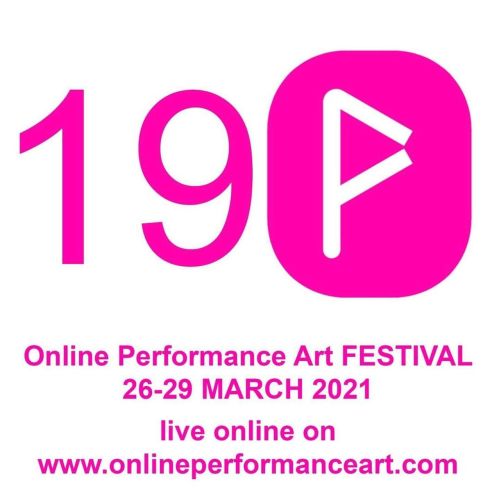
Miss going to museums? In that case The Museum of Portable Sound is for you! This one definitely is not a lockdown project, but still deserves to make the list. The Museum of Portable Sounds is a museum of sound, which exists within one single iPhone. In more normal times, you would have to make an appointment with its director, John Kannenberg, who would give you an exclusive tour of the museum. As we all went into lockdown though, the Museum of Portable Sounds went digital – now you can book a virtual appointment instead and visit the museum via video call. I of course just love the idea of a museum of sound, period. But the fact that you can now visit from anywhere in the world, well that just makes it so much better! Go book a visit.
This is just a few of the projects I came across in lockdown, which used inventive and creative ways to reach out to people and audiences. Of course, I can’t wait until we can go out and meet each other again, go to the theatre, visit museums and make art out in the real world. But I also can’t help but hoping that a few of these new, inventive ways of making art stays around, too.
If you liked reading this - I try to recommend a couple of things I find inspiring in my newsletter each month – you can sign up here!
